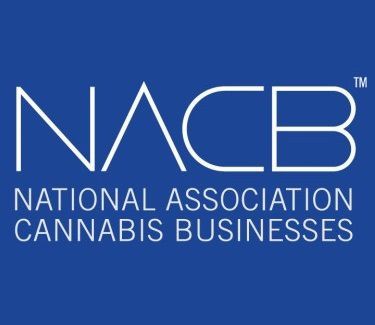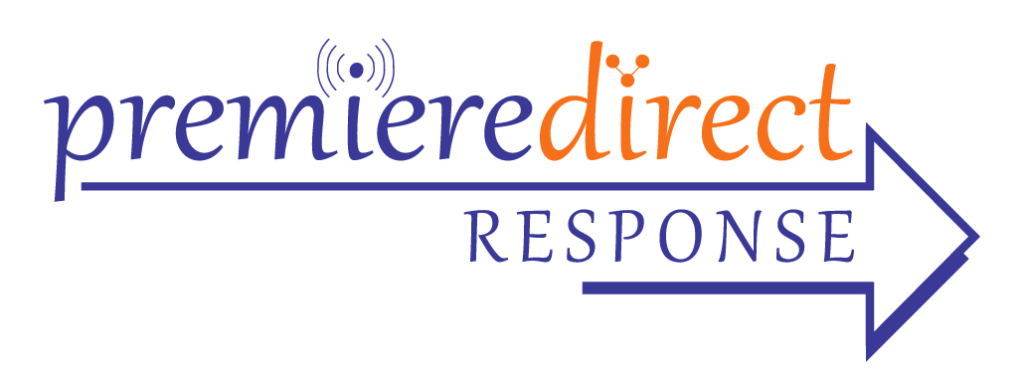Legalization of marijuana continues on a state-by-state march and for the most part it’s an advertising category broadcasters are shying away from targeting. But newly-adopted voluntary standards indicate what role broadcasters may play in pot’s marketing future.

The National Association of Cannabis Businesses (NACB), the industry’s self-regulatory organization, has released its first-ever national standards focused on advertising. The trade group calls advertising “essential” in establishing the public face of the industry. The guidelines released by NACB largely mirror the voluntary standards used by the alcohol industry when making its buying decisions. Members of NACB pledge not to buy any ad time from radio or television station unless it “is reasonably expected that no more than 15% of the audience is under 21 years of age.” The rules say any ad buyer will need to “utilize a method of age affirmation” to verify that’s the case. That’s most likely to be Nielsen ratings which have long steered which stations and dayparts secure buys from beer and spirits companies.
NACB members also promise their spots won’t promote “excessive usage” or use celebrity endorsements—something that could prevent a radio personality from endorsing or recommending a product. The cannabis business also pledges not to buy advertising that specifically targets persons located outside the licensing state. Non-compliance to the advertising standard could result in a business being expelled from the NACB.
Despite a patchwork of state laws legalizing marijuana use, broadcast attorneys have consistently steered station owners away from accepting commercials for on-air use. For some savvy sellers that’s meant going after those marketing dollars for station website ads or concerts and other live events. But the new NACB advertising standards will apply to those as well. Any webpage that has a cannabis ad must use an age-neutral screening mechanism that requires the viewer to enter their birth date, similar to what the alcohol industry uses. And pop-up ads are off-limits. For live events, marketing signage or other materials can’t be distributed in a location where anyone under 21 is allowed.
“The NACB believes that self-regulation is the most effective way for the cannabis industry to control its own destiny,” said Eugene Morgulis, the group’s legal and strategic initiatives director. He points out that industry self-policing has worked in the past for the financial services and motion picture industries. “With consumer-targeted ads becoming more prevalent, we need to self-regulate or we will face charges by heavy-handed government-driven rules that may hinder business’s ability to market to and educate consumers,” Morgulis said.
The final guidelines are the result of a draft produced by NACB members and the feedback from the public during a month-long comment period. And while members could be expelled from the trade group for violating the rules, NACB conceded it “does not actively monitor its members’ compliance with these standards.” Attorneys say the businesses and broadcasters must both also make sure they follow state laws, which in some cases are stricter than the industry’s voluntary guidelines. For instance, Maryland earlier this month gave pot ads the thumbs down.
Changing Map of Marijuana Law
On Election Day last month Michigan became the tenth state in the nation and the first state in the Midwest to legalize the use of recreational marijuana. That same day Oklahoma voters legalized medical marijuana. Missouri did too, although they also tacked a 4% tax on it to raise money for veteran’s healthcare. While in Colorado, where recreational has been legal since 2012, voters approved changing the definition of “industrial hemp” in the state’s constitution.
“While Congress may not be able to make up its mind on whether and how to permanently deal with cannabis legalization, the American people clearly have done so,” said Brad Alexander, a senior advisor on state laws at the lobbying firm McGuireWoods Consulting. “In virtually every state with any kind of significant urban presence and direct voter access to the ballot, marijuana is in some stage of decriminalization.” In a blog post he points out that there are currently three types of legalization: light medical and broad medical use—making up the majority of states—and fully legal recreational use, which is so far allowed in California, Washington, Oregon, Nevada and Massachusetts.
Even as more states allow the sale of medical and recreational marijuana, broadcast attorneys say it is unlikely the Dept. of Justice or the Federal Communications Commission will give explicit clearance to radio and TV stations to air pot commercials anytime soon. Erwin Krasnow, co-chair of Garvey Schubert Barer’s communications and media practice, told Inside Radio earlier this year he believes the FCC will continue to duck the question, similar to how it avoided ruling on whether Las Vegas and Atlantic City casino ads were permitted. There also have been some efforts to ease federal laws regarding marijuana, but they have failed to gain traction in Washington.
Meanwhile there’s at least some indication that radio websites and live events could be in line for some buys if and when the proverbial smoke clears. A survey conducted last fall by Marijuana Business Daily found 40% of cannabis business owners leaned toward internet ads while 16% thought event sponsorships were most effective.

